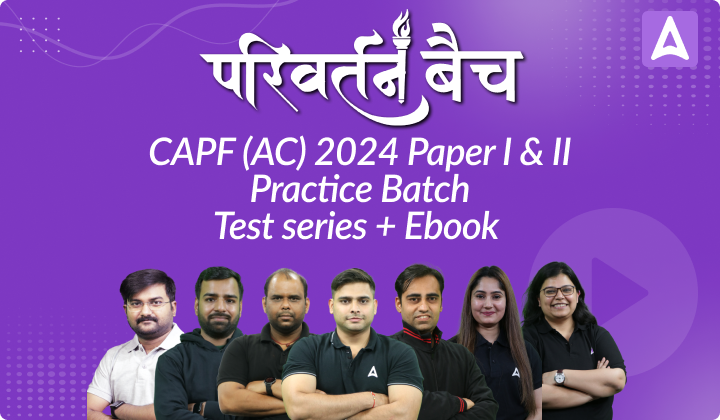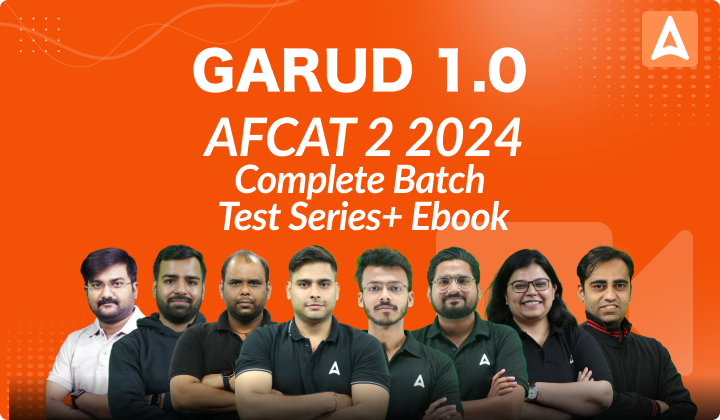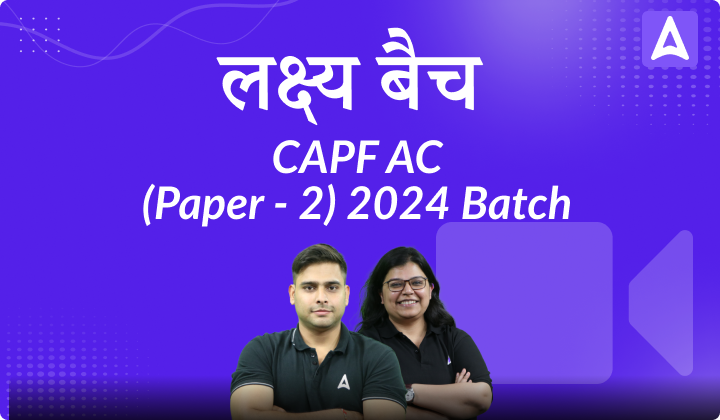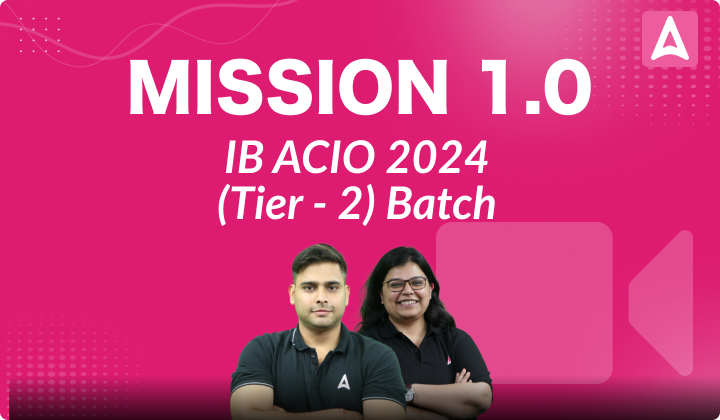Women Freedom Fighters of India
In the struggle of Indian Independence, Women played a major role and became an inspiration for the coming generations too. Here, In this article you will get to know about top 10 women freedom fighters and their individual role in Indian independence movement.
List of Top 10 Women Freedom Fighters of India
1. Jhansi ki Rani Laxmi Bai

Rani Lakshmibai was born on 19 November 1835 in the Varanasi City. Earlier her name was Manikarnika Tambe and she was also given a nickname Manu. In 1842, In a very young age she got married to the King of Jhansi and from then she was known as Laxmibai. She was the who was fighting against britishers from jhansi when Revolt of 1857 had broken out in Meerut as her son was too young.
Sir Hugh Rose wanted to capture Jhansi in 1858 with the help of his british forces and she demanded the Queen to surrender but Rani Laxmibai was not the one who would quit o easily so she resisted and said something which is written in history in golden words, “We fight for independence. In the words of Lord Krishna, we will if we are victorious, enjoy the fruits of victory, if defeated and killed on the field of battle, we shall surely earn eternal glory and salvation.”
Although Laxmibai lost against the britishers but Laxmibai and her army showed indomitable courage in the two weeks battle of resistance.
2. Sarojini Naidu
 She was born on 13 February, 1879 in the Hyderabad City. She was born in a brahmin family, her father’s name was Aghorenath Chattopadhyay. He was the principal of the Nizam’s College in Hyderabad. She joined the Indian nationalist movement and became a follower of Mahatma Gandhi along his idea of swaraj.
She was born on 13 February, 1879 in the Hyderabad City. She was born in a brahmin family, her father’s name was Aghorenath Chattopadhyay. He was the principal of the Nizam’s College in Hyderabad. She joined the Indian nationalist movement and became a follower of Mahatma Gandhi along his idea of swaraj.
She became a face of National independence movement when she got arrested by britishers along with other Congress leaders for participating in popular Salt March of 1930. She led two major movements – Civil Disobedience Movement and the Quit India Movement. She was also chosen as the President of the Indian National Congress in 1925 and later she also became the first lady governor of India as she became the Governor of the United Provinces in 1947. She was given the title, ‘the Nightingale of India’, or ‘Bharat Kokila’ by Mahatma Gandhi due to her skills of poetry writing.
3. Savitri Bhai Phule

Savitri Bhai Phule was born on January 3 in 1831 in a village of Pune. Phule was She was an illiterate at the time. She worked religiouly to improve the condition of women at that time. She is known for her efforts to fight against many social practices like the Sati Pratha and child marriage.
In 1848, She, with the help of his husband, Jyotirao Phule started India’s first girls’ school in Pune. They used to teach the western curriculum of mathematics, science, and social studies to girls. Together they established 18 schools. Not just this, She constantly fought for the rights of untouchables. She opened up a well for the untouchables in her house to show the resistance against caste system.
She also started a care centre for pregnant rape victims called “Balhatya Pratibandhak Griha” where she helped them deliver their babies. She started a group Mahila Seva Mandal to aware people about the rights of women. She was also an amazing writer and poet.
4. Rani Gaidinliu

She was born on January 26, 1915, in Tamenglong district of Manipur. She belonged to the Rongmei tribe aka Kabui. She was a Naga spiritual and political leader, who led an armed uprising against the British in northeast districts of Manipur, Nagaland and Assam. At the age of 13, Gaidinliu joined the Heraka movement. The aim of the movement was to revive the Naga tribal religion, ending the hegemony of britishers and to establish Naga self-rule.
In 1932, She was arrested for the first time at the young age of 16 and was sentenced to life imprisonment by the British rulers. After coming back from jail in 1947, she continued to work for the same purpose. She was called as the “daughter of the hills” by Nehru and he gave her the title of ‘Rani’ for her indomitable spirit. She also became a Padma Bhushan awardee.
5. Aruna Asaf Ali

Aruna Asaf Ali was the prominent personality who fought for Indian independence movement. She was a revolutionary Leftist who became a main face of Quit India Movement in 1942.On 9 August 1942, She showed the resistance against the britishers by hoisting the Tricolour at the Gowalia Tank Maidan (now Azad Maidan) in Bombay in a respond to Gandhi’s call to “do or die” in Quit India Movement’s. She successfully escaped arrest and went underground for years.
Even after the independence of India, she kept working for the welfare of Indian society. She was elected as Delhi’s first woman mayor in 1958. She ran the Left-leaning Patriot newspaper and the weekly magazine Link in New Delhi.
6. Madam Bhikaji Cama

Bhikaiji Cama was an Indian political activist and advocate for women’s rights. She was born on 24 September, 1861 in the city of Bombay. Bhikaiji Cama was born in an affluent Parsi family. She was married to a lawyer, Rustomji Cama in 1885. Bhikaji Cama constantly worked for socio-political welfare.
When she went to London, she met Dadabhai Naoroji who was against the British economic policy and later she started working for Indian national Congress. She came in contact with other Indian nationalists like Vir Savarkar, lala Har Dayal etc. and attends meetings in London Hyde Park. On 22 August, 1907, she hoist the first version of the Indian flag that is a tricolour of green, saffron and red stripes at the International Socialist Congress that was held at Stuttgart, Germany.
It is also said that the flag that was unfurled by Bhikaiji Cama was co-designed by her and Shyamji Krishna Varma that later served as a template from which the current national flag of India was created.
7. Vijaylakshmi Pandit

Vijaya Lakshmi Pandit was a member of Nehru family. She was born in 18 August 1900. In 1921 she got married to Ranjit Sitaram Pandit.
She was an active participant of Indian independence movement. At that time she was sent to jail three times. From Congress, Pandit was elected to the Constituent Assembly from United Provinces under a Congress party ticket.
Post-Indian independence, Pandit had a pre-eminent diplomatic career. She led the Indian delegation to the United Nations between 1946–48 and1952–53. Thereafter served as an ambassador to Moscow, Mexico and Washington. In 1953 she became the first woman president of the UN General Assembly. A year later, she concurrently served as an ambassador to England and Ireland.
After coming back to India, she became the Governor of Maharashtra. After the demise of Jawaharlal Nehru in 1964, she stood for the Lok Sabha elections from Phulpur and was in the Parliament till 1968.
8. Kamaladevi Chattopadhyay

She was born in a Brahmin community of Mangalore on 3 April 1903. She was highly inspired by Gandhian ideas and his idea of non-violence. Kamaladevi Chattopadhyay was not just a freedom fighter. She was also an influencing social activist and also a talented actor. She was born in a Saraswat family.
Particularly She is known for her efforts to revive the traditional handicrafts of India during the post independence era. Her father was the district collector of Mangalore.
She shifted to London with her husband, where she enrolled into the Bedford College to study sociology. But they returned to India to participate in the non-cooperation movement launched by Gandhiji in 1923. She also joined the Seva Dal and worked for the social upliftment of the marginalised and poor.
Kamaladevi Chattopadhyay was appointed the president of the Congress Socialist Party in 1936. She also worked alongside Jayaprakash Narayan, Ram Manohar Lohia and Minoo Masani. When the World War II broke out, Kamaladevi was in England and she soon started a world tour to garner support of other countries for Independence of India after the war.
9. Sucheta Kriplani

Sucheta Kriplani was a signification personality in Indian Independence Movement. Earlier she was known as Sucheta Mazumdar. She was the first woman to be elected as the Chief Minister of a state in India.
She was born in the Ambala city. Her father S.N. Majumdar was a nationalist who inspired her a lot to shape her personality as a freedom fighter. She studied from Indraprastha College and St. Stephen’s College in Delhi.
Later she worked as a lecturer in the Banaras Hindu University. In 1936 She joined the Indian National Congress.
She became a major face of Quit India Movement. She worked closely with Mahatma Gandhi and she even went along with him to Noakhali in 1946.
She even got elected to the Constituent Assembly. She became a part of the subcommittee which was made to form a charter for the constitution of India. On the independece day that is on 15th August, 1947, she sang the national song Vande Mataram in the Independence Session of the Constituent Assembly.
10. Ramadevi Choudhary

Ramadevi Chaudhary was born on December 3 in 1899 in Cuttack. Her father’s name was Gopal Ballav Das and mother’s name was Basant Kumari Devi. In her growing days, Swadeshi Movement was at its peak. She was highly influenced by her uncle Utkal Gaurab Madhusudan Das – a famous lawyer and a social reformer.
At the age of 15, Ramadevi got married to a Deputy Collector., Gopabandhu Choudhury. He later resigned from office to join the Indian National Congress in 1921 and involved in freedom struggle with his wife.
Ramadevi got inspiration from an address of Gandhi in a meeting of forty women at the Binod Vihari Temple in Cuttack. Ramadevi attended the Indian National Congress’s Gaya Session, with her contemporaries such as Hiramani Devi, Padmabati Devi, and Sarala Devi.
In 1930, Ramadevi was an active participant in Salt Satyagraha from Odisha. She marched to Inchudi and Srijang along with other women to show resistance against the salt tax.




 How to clear the AFCAT exam in the first...
How to clear the AFCAT exam in the first...
 CDS Syllabus 2025, Download Subjects Wis...
CDS Syllabus 2025, Download Subjects Wis...
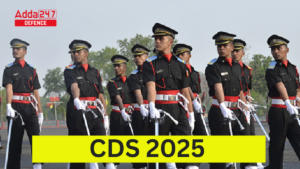 CDS 1 2025 Notification, Age limit, Elig...
CDS 1 2025 Notification, Age limit, Elig...


